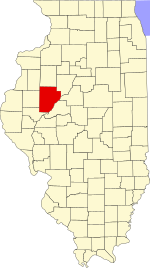
Putnam County is the least extensive county in the U.S. state of Illinois. According to the 2020 census, it had a population of 5,637. The county seat is Hennepin. The county was formed in 1825 out of Fulton County and named after Israel Putnam, who was a general in the American Revolution. Putnam County is part of the Ottawa, IL Micropolitan Statistical Area.

Schuyler County is a county in the U.S. state of Illinois. According to the 2020 census, it had a population of 6,902. Its county seat is Rushville.

Pulaski County is a county located in the U.S. state of Illinois. According to the 2020 census, it had a population of 5,193. Its county seat is Mound City. Its largest city is Mounds. It is located along the Ohio River in the southwestern portion of the state, known locally as "Little Egypt".

Banner is a village in Fulton County, Illinois, United States. The population was 169 at the 2020 census.
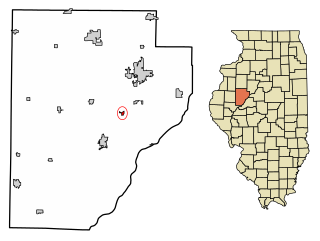
Bryant is a village in Fulton County, Illinois, United States. The population was 168 at the 2020 census, down from 255 at the 2000 census. The village was struck by an EF-3 tornado on April 4, 2023.

Dunfermline is a village in Fulton County, Illinois, United States. The population was 262 at the 2020 census. Dunfermline is pronounced Done-ferm-lin.

Ellisville is a village in Fulton County, Illinois, United States. The population was 87 at the 2020 census.

Fairview is a village in Fulton County, Illinois, United States. The population was 426 at the 2020 census.

Lewistown is a city and the county seat of Fulton County, Illinois, United States. It was named by its founder, Ossian M. Ross, after his oldest son, Lewis W. Ross. The population was 2,041 at the 2020 census. Located in central Illinois, it is southwest of Peoria. It is the source of Spoon River Anthology by Edgar Lee Masters, who lived there. Native American burial mounds are nearby at Dickson Mounds off Illinois Route 97.
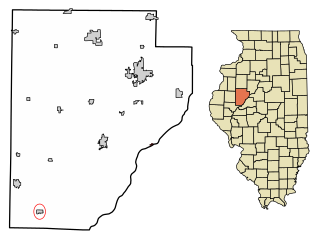
Liverpool is a village in Fulton County, Illinois, United States. The population was 94 at the 2010 census.

London Mills is a village in Fulton and Knox counties in the U.S. state of Illinois. The population was 350 at the 2020 census.
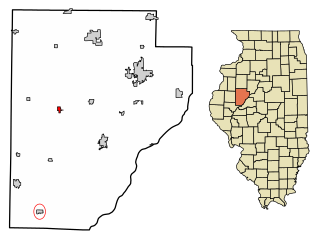
Smithfield is a village in Fulton County, Illinois, United States. The population was 191 at the 2020 census. The village is named in honor of Dr. Joseph N. Smith.

Havana is a city and the county seat of Mason County, Illinois, United States. The population was 2,963 at the 2020 census, a decline from the figure of 3,301 tabulated in 2010.

Buckheart Township is one of twenty-six townships in Fulton County, Illinois, USA. As of the 2020 census, its population was 1,315 and it contained 725 housing units.

Ellisville Township is one of twenty-six townships in Fulton County, Illinois, USA. As of the 2020 census, its population was 135 and it contained 62 housing units.
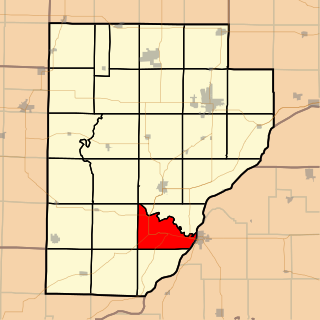
Isabel Township is one of twenty-six townships in Fulton County, Illinois, USA. At the 2020 census, its population was 175 and it contained 97 housing units.

Lewistown Township is one of twenty-six townships in Fulton County, Illinois, USA. As of the 2020 census, its population was 2,671 and it contained 1,425 housing units.

Liverpool Township is one of twenty-six townships in Fulton County, Illinois, USA. As of the 2020 census, its population was 556 and it contained 282 housing units.

Waterford Township is one of twenty-six townships in Fulton County, Illinois, USA. As of the 2020 census, its population was 173 and it contained 83 housing units.

Woodland Township is one of 26 townships in Fulton County, Illinois, USA. As of the 2020 census, its population was 345 and it contained 174 housing units.

